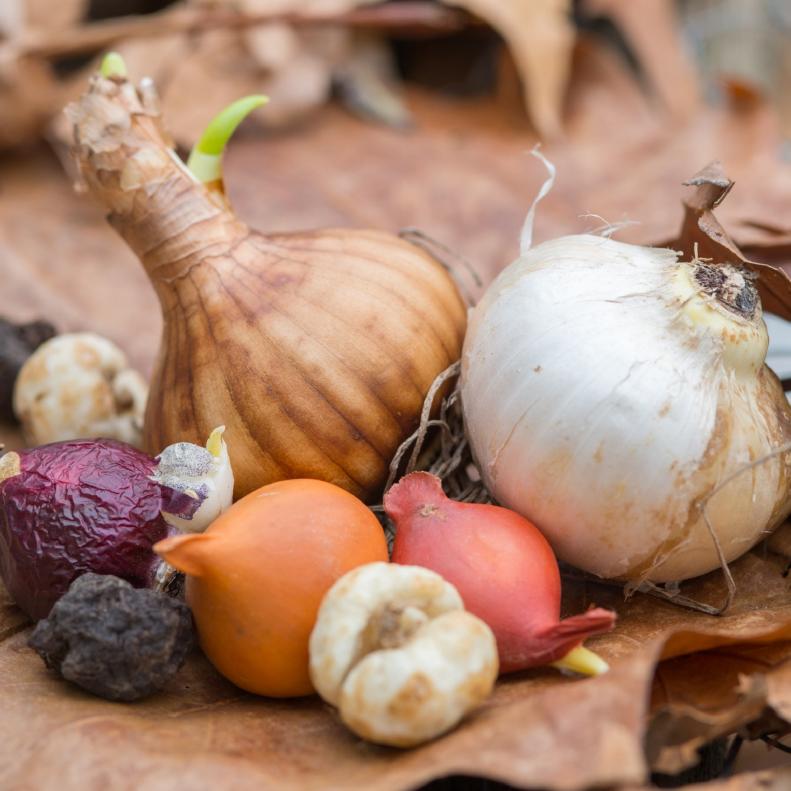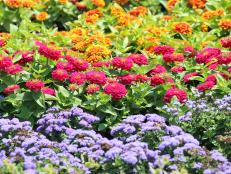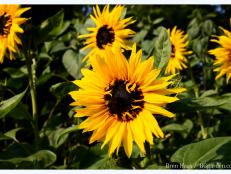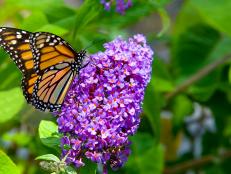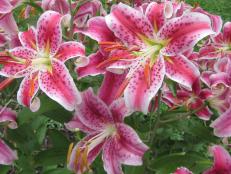1 / 13
Photo: iBulb.org
Mixed Bulb Types
When tulips, daffodils and lilies burst into bloom, you’re probably not thinking much about the part of the plant that’s underground: the bulb. Flower bulbs are actually a type of food storage organ, a way that plants stash their homemade nosh to help fuel future growth and flowers. Many plants get lumped under the heading bulbs, including tubers, corms and rhizomes. Knowing a little about different types of bulbs can help you understand how these plants grow —and how you should handle them at planting time.






